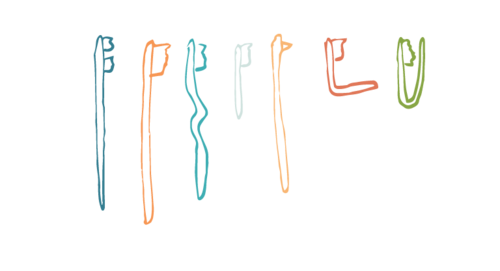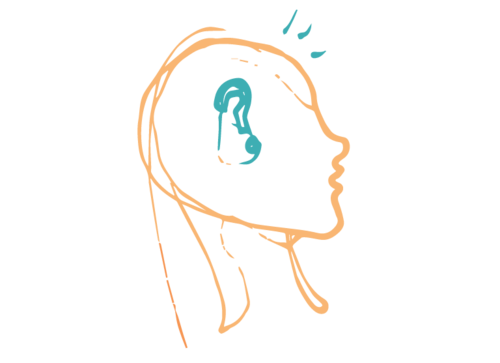For those of you who haven’t read the first part of this series, you might want to have a look at the first part - the why.
To sum up, this series is about building up a solid and thorough concept for your projects and products, through thinking about it as a concept with several different layers. The first step of the process was to ask yourself “why” - Why does anyone need this? Why should it exist?. The first step is often the hardest step. Having your precious idea smothered at birth by an avalanche of cold-hearted logic can be a tragic experience. No matter. You will have new ideas. Hopefully better ideas.
Why your user is not everyone
Now that your idea has gotten through the crucial yes or no stage, it is time to improve it. One of the best things to start with is asking “Who?”. Who is your user? Don’t say everyone. Never ever say everyone.
Even things that are used by everyone are not designed for everyone. Let’s look at something everyone uses - a toothbrush. Even a toothbrush is not designed for everyone. Children need smaller toothbrushes. People with dentures need special toothbrushes. People with different dental needs all need different toothbrushes - big, small, pointy, soft, hard, round, square.

If you are thinking “yes but the basis of the toothbrush is still applicable to everyone” and you are right. If you wish to create something that everyone can use, design in pieces - design something that can be altered and added to and personalised so that everyone can eventually use it. But even then, your base-skeleton piece will still not be designed for everyone. And unless you’re designing for something as universal as brushing your teeth, you will never have everyone use your product.
The lesson being - pick a target user group. Don’t make it too wide. Don’t make it overly specific.
When you design for a target group that is too wide you water down the concept - and run a huge risk of not appealing to anyone. When you know what kind of user you want to aim your product at, you can start honing in on what they would want, what they would need in a product. You can form a real connection with your user - appeal to their tastes, cater to their needs.
How to find your user
There are many ways of defining a user, but here are a few questions you might want to ask yourself (and others):
- What age range are they in?
- What gender(s) are they?
- Where do they live?
- How much money do they have?
- What is their level of education?
- Are they single, in a family, a couple, a group?
- What kind of occupation do they have?
- What topics interest them?
- What’s really, really important to them?
- How technology-literate do you think they are?
- What cultural influences and movements are they a part of?
You don’t have to answer all of the questions to immaculate detail - but have a firm, solid argument for at least 5.
As long as you have a very good idea of what group or groups of users you are aiming your product or service at, this will help you make productive and informed design decisions in later stages of development.
This is not about being a eugenicist and bereaving whole groups of people of your services - it’s about being smart. It’s about creating healthy limitations.
It’s often also not about who YOU want to use your product - it’s about who it could be most useful for. It is rare to have a user before you have an idea, so a lot of this is reverse engineering your idea into a user with a need. Don’t be self-centered. If your target user is other people that are like you - be honest. Doing a project for yourself is completely fine, just recognise that you are building for a very specific user - yourself, and the handful of people who are likely to be exactly like you.
The other trap
This leads us nicely into the other big trap - overly specific target users. If you only want a handful of users in an extremely specific niche, then there is no shame in going specific. If you’re aiming to get a larger audience, there’s no point designing for an overly specific user profile. If you find yourself designing a service for Bill, 42, who wakeboards on Sundays, works in a bank, has a loving wife and a mistress on the side who he feels guilt about and does not really have the money to keep it a secret - well… lets just say fiction for the sake of fiction isn’t going to help you very much either.

Why you need to know your user
Finding your user is an exciting thing - it’s the step that can open up completely new doors and help you create features you’d never thought about before. Having someone to design and build for gives you purpose, and an idea of who to ask when you need some direction. Having a user will help you decide what your product should look like, feel like, and be like to use.
Remember that this ideal user is only a fantasy. It is impossible to completely predict how users will behave with your application, and you might end up with a large user base that is not at all what you had designed for. This is just the way things go, but having a defined user base for your concept will give you the constraints that help you move your project forward.
Having an idea, understanding why that idea is a good idea, and deciding who the idea is for is really the biggest part of working out a concept. From then on, the evolution of the concept is both easier and quicker.

